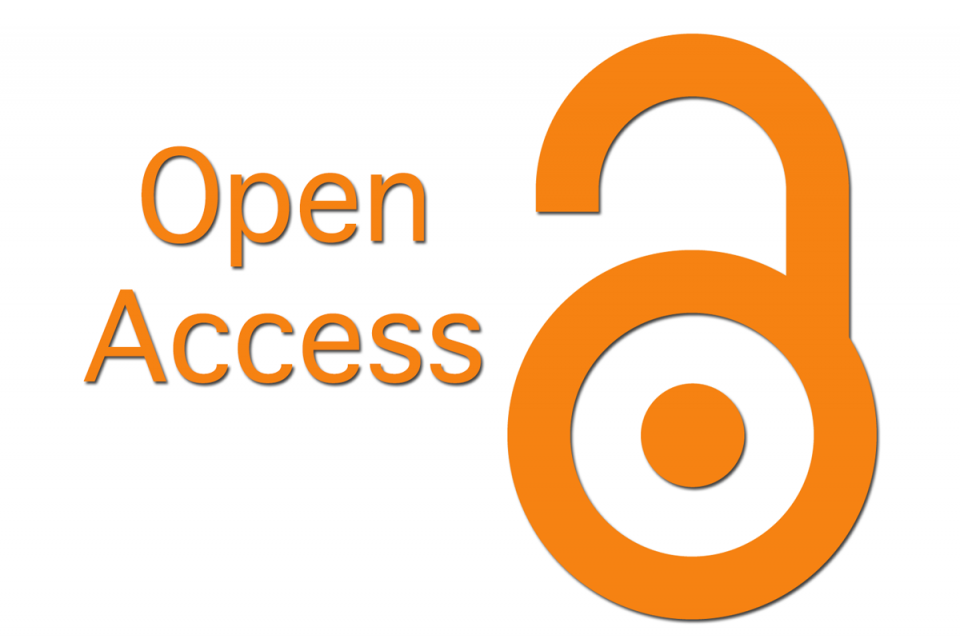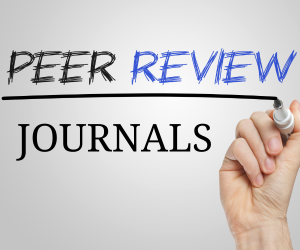COMPARATIVE EFFICACY OF LITHIUM AND ANTICONVULSANTS IN BIPOLAR DISORDER MANAGEMENT
DOI:
https://doi.org/10.48047/Abstract
Lithium is a common drug of choice to treat manic disorders, physicians also prescribe anticonvulsants such as valproic acid and Lamotrigine. Since the effectiveness of Lithium and anticonvulsants differs, comparing their efficacy helps clinicians make better treatment choices.
Aim: A research study performs a systematic evaluation of how well lithium-based medications function against anticonvulsants consisting of valproic acid and Lamotrigine for bipolar disorder management. This review performed a thematic analysis to combine study findings by comparing these treatment methods.
Method: Systematic review analysis included evaluating research conducted between 2015 and 2024. The authors used randomized controlled trials (RCTs) and observational studies in PubMed, Cochrane Library, Scopus, and PsycINFO databases. The research focused on extracting significant topics related to therapy success, recurrence prevention, and adverse effects from different studies through thematic data analysis.
Result: The research investigation uncovered three main discoveries, which showed that (1) Lithium works for manic episode prevention, (2) anticonvulsants control depressive symptoms, and (3) side effects create challenges for treatment adherence.
Conclusion: Clinicians consider Lithium as the leading medication to stop manic flare-ups and prevent relapses, yet Lamotrigine works best against depression symptoms. Therefore, clinicians must reevaluate treatment choices from case to case, depending on how well patients accept treatments and their anticipated side effects.
Downloads
References
Airainer, L., Seifert, R. (2024). Lithium, the gold standard drug for bipolar disorder: analysis of current clinical studies. Naunyn-Schmiedeberg's Archives of Pharmacology, 397(5), 9723–9743. https://doi.org/10.1007/s00210-024-03210-8.
Atagün, M. İ., & Timuçin, O. R. A. L. (2021). Acute and long term treatment of manic episodes in bipolar disorder. Archives of Neuropsychiatry, 58(Suppl 1), S24.
Besag, F. M., Vasey, M. J., Sharma, A. N., & Lam, I. C. (2021). Efficacy and safety of Lamotrigine in the treatment of bipolar disorder across the lifespan: a systematic review. Therapeutic advances in psychopharmacology, 11, 20451253211045870.
Burgess, J., Currie, A., Watson, S., Sharma, A., Cousins, D., Cookson, J., & McAllister-Williams, R. H. (2024, April). Diagnosis, Clinical Features, Outcome and Treatment. In Seminars in General Adult Psychiatry (p. 162). Cambridge University Press.
Carli, M., Weiss, F., Grenno, G., Ponzini, S., Kolachalam, S., Vaglini, F., ... & Scarselli, M. (2023). Pharmacological strategies for bipolar disorders in acute phases and chronic management with a special focus on Lithium, valproic acid, and atypical antipsychotics. Current Neuropharmacology, 21(4), 935-950.
Chen, Y-C.B., Liang, C-S., Wang, L-J., Hung, K-C., Carvalho, A.F., Solmi, M., Vieta, E., Tseng, P-T., Tu, Y-K., Hsu, C-W. (2022). Comparative effectiveness of valproic acid in different serum concentrations for maintenance treatment of bipolar disorder: A retrospective cohort study using target trial emulation framework. eClinicalMedicine, 54, 101678. https://doi.org/10.1016/j.eclinm.2022.101678.
Dharia, A., Desai, D., & Desai, K. (2025). Exploring the Link Between Thyroid Disorders and Obesity: Mechanisms, Impacts, and Clinical Implications. Endocrine Practice.
Gottlieb, J. F., Benedetti, F., Geoffroy, P. A., Henriksen, T. E., Lam, R. W., Murray, G., ... & Chen, S. (2019). The chronotherapeutic treatment of bipolar disorders: a systematic review and practice recommendations from the ISBD task force on chronotherapy and chronobiology. Bipolar disorders, 21(8), 741-773.
Hoel, R. W., Connolly, R. M. G., & Takahashi, P. Y. (2021, January). Polypharmacy management in older patients. In Mayo Clinic Proceedings (Vol. 96, No. 1, pp. 242-256). Elsevier.
Hsu, T-W., Thompson, T., Solmi, M., Vieta, E., Yang, F-C., Tseng, P-T., Hsu, C-W., Tu, Y-K., Yu, C-K. (2022). Variability and efficacy in treatment effects on manic symptoms with Lithium, anticonvulsants, and antipsychotics in acute bipolar mania: A systematic review and meta-analysis. EClinicalMedicine, 54, 101690. https://doi.org/10.1016/j.eclinm.2022.101690.
Jangid, J., & Dixit, S. (2023). Enhancing security and efficiency in wireless mobile networks through blockchain. Available at SSRN 5167791.
Kessing, L.V., Bauer, M., Nolen, W. A., Severus, E., Goodwin, G. M., Geddes, J. (2018). Effectiveness of maintenance therapy of Lithium vs other mood stabilizers in monotherapy and in combinations: a systematic review of evidence from observational studies. Bipolar Disorders, 20(6), 419-431. https://doi.org/10.1111/bdi.12623.
Lin, S-K., Yang, S-Y., Park, S-C., Jang, O-J., Zhu, X., Xiang, Y-T., Ouyang, W-C., Javed, A., Khan, M.N.S., Grover, S., Avasthi, A., Kallivayalil, R.A., Chee, K.Y., Chemi, N., Kato, T.A., Hayakawa, K., Pariwatcharakul, P., Maramis, M., Seneviratne, L., Kang, S., Tang, W.K., Oo, T., Sartorius, N., Tan, C-H., Chong, M-Y., Park, Y-C., Shinfuku, N. (2022). Prescription patterns for bipolar disorder in Asian countries: Findings from research on Asian prescription pattern-bipolar disorder. Clinical Psychopharmacology and Neuroscience, 20(1), 61-69. https://doi.org/10.9758/cpn.2022.20.1.61.
Loo, L.W.J., Chew, Q.H., Lin, S-K., Yang, S-Y., Ouyang, W-C., Chen, C-K., Park, S-C., Jang, O-J., Park, J-H., Chee, K.Y., Ding, K.S., Chong, J., Zhang, L., Li, K., Zhu, X., Jatchavala, C., Pariwatcharakul, P., Kallivayalil, R.A., Grover, S., Avasthi, A., Ansari, M., Maramis, M.M., Aung, P.P., Sartorius, N., Xiang, Y-T., Chong, M-Y., Park, Y-C., Kato, T.A., Shinfuku, N., Baldessarini, R.J., Sim, K. (2023). Clozapine use for bipolar disorder: An Asian psychotropic prescription patterns consortium study. Journal of Clinical Psychopharmacology, 43(4), 278-282. https://doi.org/10.1097/JCP.0000000000001337.
López-Muñoz, F., Shen, W.W., D’Ocon, P., Romero, A., Álamo, C. (2018). A history of the pharmacological treatment of bipolar disorder. International Journal of Molecular Sciences, 19(7), 2143. https://doi.org/10.3390/ijms19072143.
Mandal, S., Mamidipalli, S. S., Mukherjee, B., & Hara, S. K. H. (2019). Perspectives, attitude, and practice of lithium prescription among psychiatrists in India. Indian Journal of Psychiatry, 61(5), 451-456.
Marx, W., Penninx, B. W., Solmi, M., Furukawa, T. A., Firth, J., Carvalho, A. F., & Berk, M. (2023). Major depressive disorder. Nature Reviews Disease Primers, 9(1), 44.
McIntyre, R. S., Berk, M., Brietzke, E., Goldstein, B. I., López-Jaramillo, C., Kessing, L. V., ... & Mansur, R. B. (2020). Bipolar disorders. The Lancet, 396(10265), 1841-1856.
Miranda, A. S. D., Miranda, A. S. D., & Teixeira, A. L. (2019). Lamotrigine as a mood stabilizer: insights from the pre-clinical evidence. Expert Opinion on Drug Discovery, 14(2), 179-190.
Park, J.H., Fernando, K., Hwang Park, Y., & Park, E.O. (2024). Global perspectives on bipolar disorder treatment: In-depth comparative analysis of international guidelines for medication selection. BJPsych Open, 10, e75. https://doi.org/10.1192/bjo.2024.27.
Schäfer, S. K., Kunzler, A. M., Kalisch, R., Tüscher, O., & Lieb, K. (2022). Trajectories of resilience and mental distress to global major disruptions. Trends in Cognitive Sciences, 26(12), 1171-1189.
Volkmann, C., Bschor, T., & Köhler, S. (2020). Lithium treatment over the lifespan in bipolar disorders. Frontiers in Psychiatry, 11, 377.
Yee, C. S., Vazquez, G. H., Hawken, E. R., Biorac, A., Tondo, L., & Baldessarini, R. J. (2021). Long-term treatment of bipolar disorder with valproate: updated systematic review and meta-analyses. Harvard review of psychiatry, 29(3), 188-195.
Downloads
Published
Issue
Section
License
Copyright (c) 2022 Pavani Kottapalli, Beluri Talari Ranjith Kumar (Author)

This work is licensed under a Creative Commons Attribution 4.0 International License.
You are free to:
- Share — copy and redistribute the material in any medium or format for any purpose, even commercially.
- Adapt — remix, transform, and build upon the material for any purpose, even commercially.
- The licensor cannot revoke these freedoms as long as you follow the license terms.
Under the following terms:
- Attribution — You must give appropriate credit , provide a link to the license, and indicate if changes were made . You may do so in any reasonable manner, but not in any way that suggests the licensor endorses you or your use.
- No additional restrictions — You may not apply legal terms or technological measures that legally restrict others from doing anything the license permits.
Notices:
You do not have to comply with the license for elements of the material in the public domain or where your use is permitted by an applicable exception or limitation .
No warranties are given. The license may not give you all of the permissions necessary for your intended use. For example, other rights such as publicity, privacy, or moral rights may limit how you use the material.







